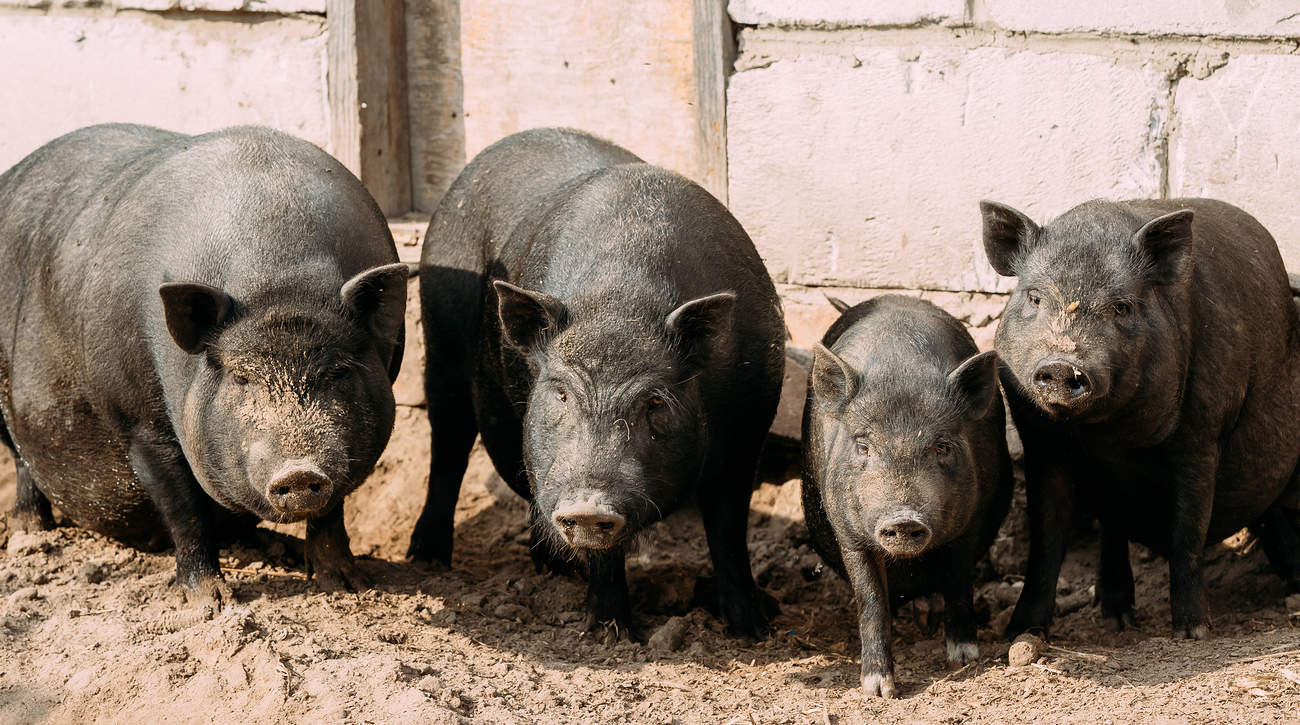Media Contact: Kathy Fackelmann, 202-994-8354, [email protected] and Laura Rogers, 202-994-9085, [email protected]
WASHINGTON, DC (June 1, 2017)— A study published in the journal Clinical Infectious Diseases has found that livestock-associated Methicillin-resistant Staphylococcus aureus (LA-MRSA) can cause serious bloodstream infections in people. Researchers studied blood stream infections caused by all strains of MRSA in Denmark from 2010 to 2014. They found that blood infections from LA-MRSA were on the rise, peaking in 2014 and accounting for 16 percent of all MRSA bloodstream infections.
Since being discovered in the early 2000s, LA-MRSA has been shown to cause skin and soft-tissue infections in people in Denmark and other European countries with industrial pig production. This is the first study to quantify the extent to which LA-MRSA causes blood infections in Denmark.
Researchers found that the majority of the people who contracted LA-MRSA blood infections had no contact with livestock but did tend to live in rural areas. This study suggests that the number of infections and deaths could increase if LA-MRSA continues to spread into the general population.
“For years people have been saying that LA-MRSA was benign causing mostly manageable skin infections in farm workers and veterinarians,” said Lance B. Price, one of the senior authors on the paper and the director of the Antibiotic Resistance Action Center at George Washington University’s Milken Institute School of Public Health. “But now we see that this strain is just as dangerous as other types of MRSA and that it’s spilling off the farm and into the community. It’s infecting vulnerable populations like the elderly and people with compromised immune systems -- we can’t afford to ignore superbugs like these as they spread through our livestock and food supplies”
Pigs are believed to be the primary source of LA-MRSA in Denmark where it has been found on 60 percent of farms. LA-MRSA can spread from the farm animals to people through direct contact with the animals, through contaminated meat that’s produced from the animals, and possibly through air and water near industrial hog operations. Dr. Price says, “We’re still trying to understand how these people are getting infected. Our study shows that the people living near the operations are at the greatest risk, but we don’t know if that’s from human-to-human transmission, handling contaminated meat or from breathing the air coming out of the hog barns. It’s possible that all of these play a role.”
Denmark has relatively low levels of MRSA compared to the rest of Europe. “Our study highlights the need to contain this bacterium,” said Jesper Larsen, lead author of the study and a researcher at the Statens Serum Institute. “If we don’t we’ll see more people contracting serious infections and we’ll see more deaths.”
LA-MRSA is also present in the United States on farms and in the food supply. “We know that US livestock can also carry antibiotic-resistant staph and that US livestock workers are at increased risk for picking up these bacteria, but our government agencies don’t do the kind of detailed surveillance that they do in Denmark, so we have no idea how often people are getting sick from livestock-associated staph.” says Dr. Price.
The study was funded by the National Institute of Allergy and infectious Diseases at the National Institutes of Health and the Ministry of Environment and Food of Denmark through The Danish Agrifish Agency. It was conducted in collaboration among researchers from the Milken Institute School of Public Health at The George Washington University, the Statens Serum Institut in Denmark, the Translational Genomics Research Institute and the Technical University of Denmark. It was published in May 2017.
Read full paper here.


